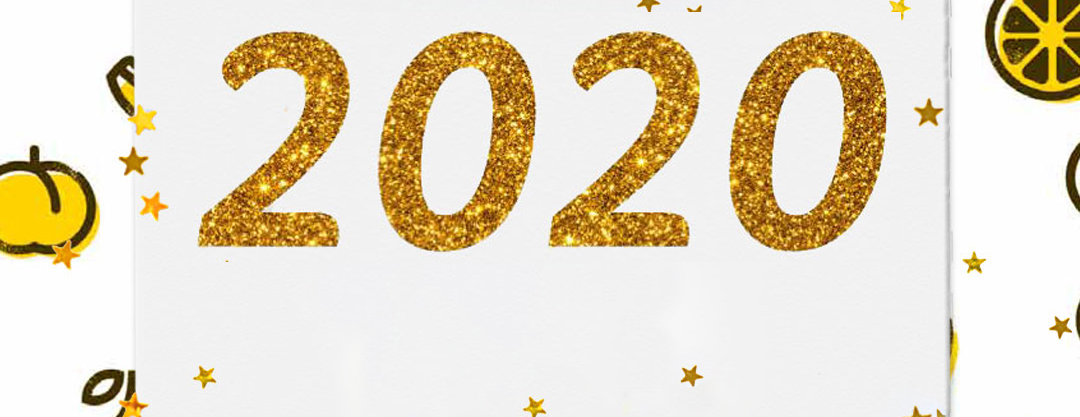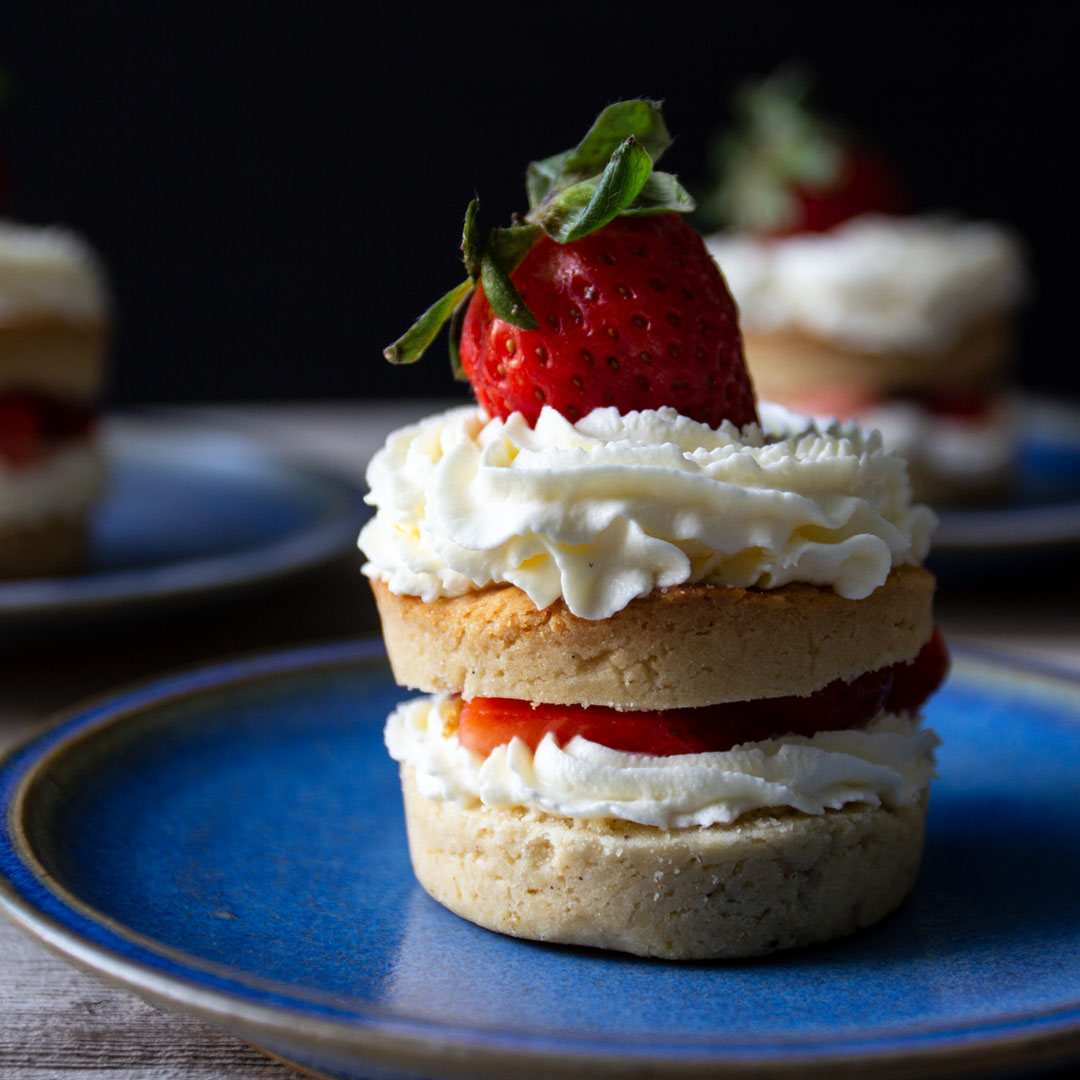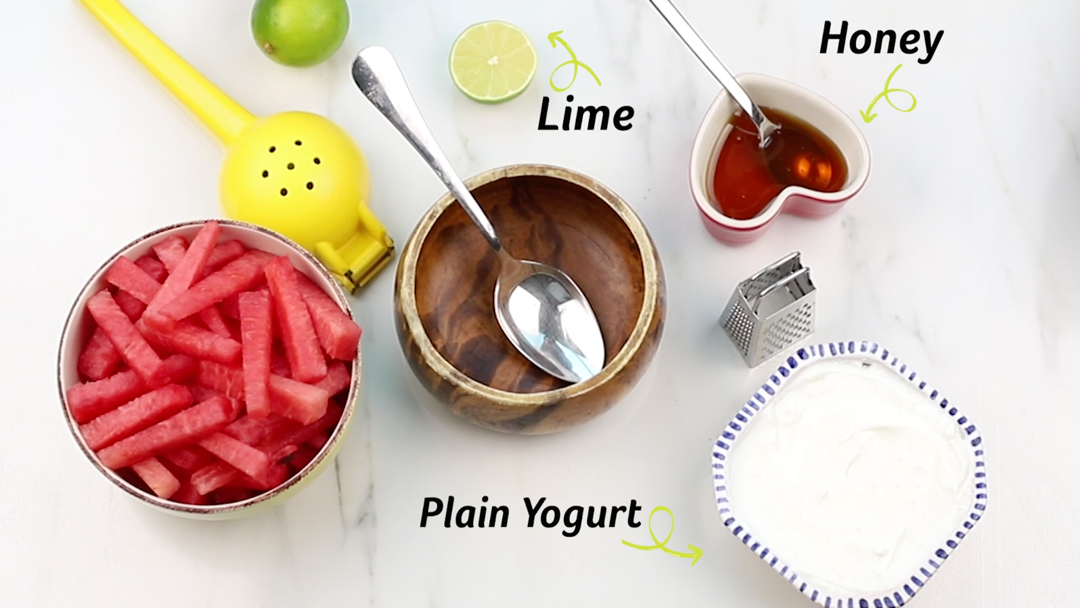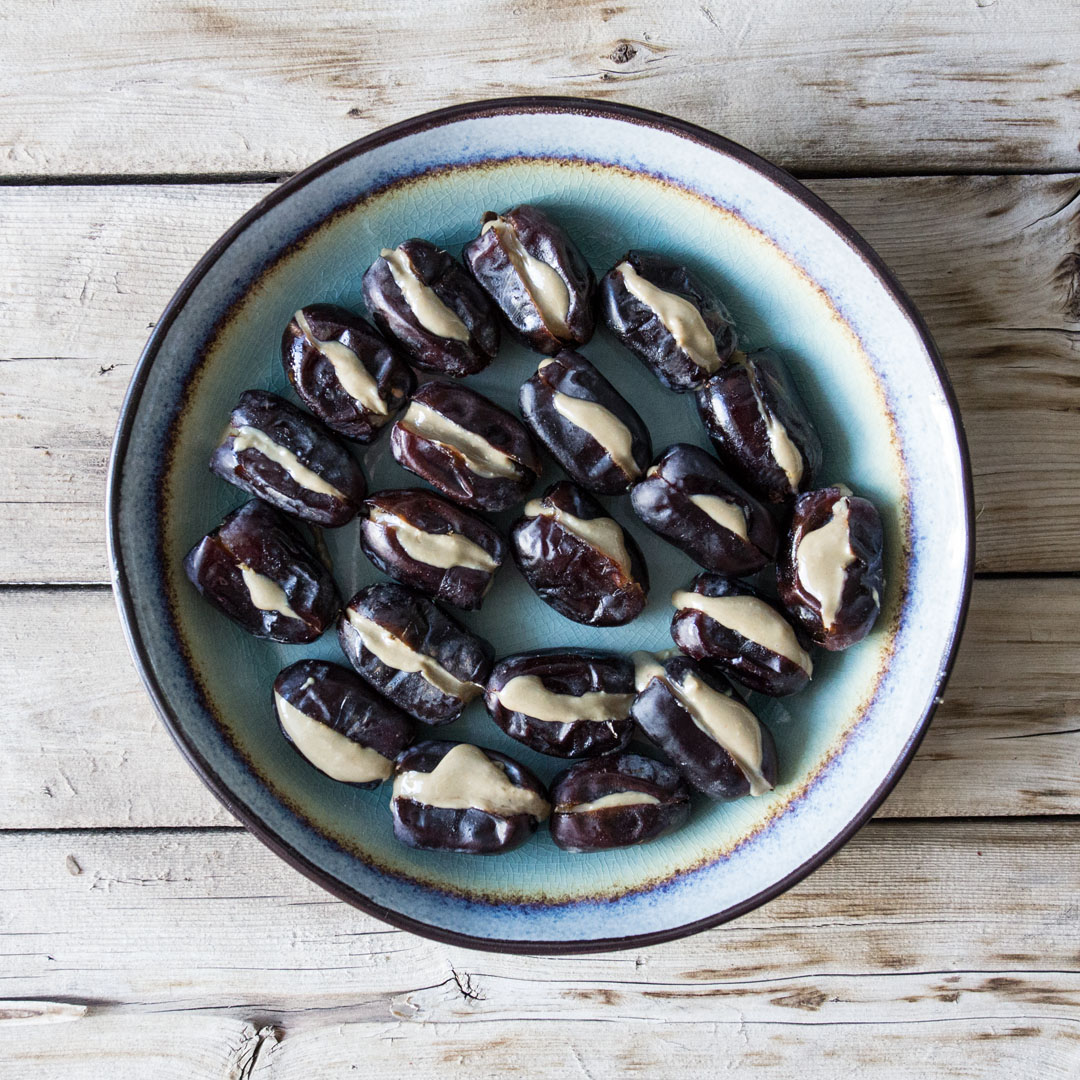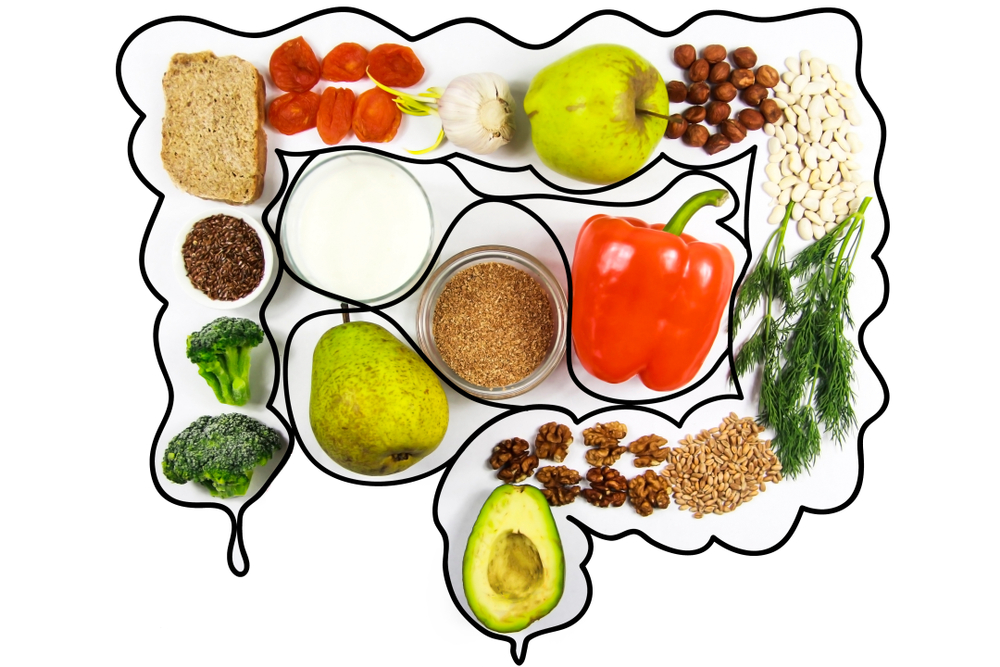The new year can be filled with optimism about the year to come. It can also be anxiety-inducing with the pressure to cultivate improvements in every facet of your life. It has become almost traditional that new year resolutions are about weight loss and fitness; this is especially shame-inducing post the holiday season. We’ve put together five ideas for mindful resolutions that will hopefully inspire you moving into the new year.
1. Fun Exercises! (Movement classes don’t have to be centred around weight loss)
Dreading the thought of working out after a long day of work, but still want to be more active this year? Here are a few ways you can get those 30 mins of exercise in that aren’t too punishing. It’s a proven fact exercise improves cognitive health!
Some examples of this are:
– Going for a walk with a podcast!
You’re guaranteed to go for long walks and often learn and get inspired simultaneously.
– Take a workshop with Soma Culture
They describe their movement philosophy as “Movement must be perceived and understood through many lenses. The lens of science, the lens of culture, art and creativity, and an ancestral and evolutionary lens. We have to understand the technical blueprints of the body, the anatomy, the physiology, the neurology, but equally important is the understanding and appreciation of the explorative and creative elements of movement.”
– Ecstatic Dance or 5 Rhythms
Both of these dance practices can be described as a type of cathartic movement meditation. A way to put the body in motion to still the mind. Some several practitioners and studios offer classes here in the U.A.E
– Learning a new sport or skill.
Recreations such as surfing, tennis or rock climbing focus on technique, skill and mindset rather than how your body looks while performing. The end game is improving at that activity, not weight loss or tone. You may also be introduced to a new community!
–On that note, take part in team sports.
Being part of a team-orientated sport and meeting new people is always good for a positive mindset.
2. Meditate
Meditation has gained a lot of attention in recent years which, in some senses, might have made people more sceptical of its benefits. It is also often associated with Buddhism or new age spirituality. If you don’t identify with those groups, you may automatically assume it’s not for you.
However, there is a lot of scientific evidence behind this practice too. As Sam Harris explains; “Cultivating this quality of mind has been shown to modulate pain, mitigate anxiety and depression, improve cognitive function, and even produce changes in grey matter density in regions of the brain related to learning and memory, emotional regulation, and self-awareness.”
Even going from zero minutes to ten minutes a day is a massive accomplishment in the realms of meditation. The benefits to your day to day life will quickly be able to do identified.
Here are some examples of guided meditation apps. Many of them have a lot of free content to get you started, as well as different styles of meditation so you can discover what suits you best.
– Waking Up – Calm
– Headspace
3. Turn down the volume on negative self-talk
The idea that you are not your thoughts is pretty hard to wrap your head around. They seem so important, overwhelming and like you need to pander to them immediately when they arise. However, this negative self-talk often comes from a place of past emotional trauma. Events like being reprimanded at school in front of your peers, having grades focused parents, or growing up in a culture that shamed alternative thinking, can manifest into our adult life in the form of unhealthy patterns and negative self-talk that we can’t shut off.
When you start to question the truth and legitimacy of your thoughts, confronting the idea that they could be holding you back, it’s much easier to turn down the volume and focus elsewhere.
4. Make a vow to shop more mindfully
The fashion industry produces 10% of all humanity’s carbon emissions, is the second-largest consumer of the world’s water supply and pollutes the oceans with microplastics. The industrialisation of farming (both animals and plants) is also massively contributing to emissions, deforestation and the use of pesticides is both toxic to humans and the environment.
The climate crisis can seem overwhelming. When you see wildfires on the news in Australia, it’s hard to imagine how weighing your vegetables in a cloth bag instead of the plastic ones provided at the grocery store could have any effect at all. However, one of the main issues with initiating climate change action is that the scale and complexity of the problem make it’s hard to fathom. Most of us aren’t directly affected by this issue; neither can we see any tangible results for the changes we make.
Indeed, your cloth bag instead of a plastic one at the grocery store will make no difference. However, the reason this is still incredibly important is that consumers are what drive industry change. The reason we see more grass-fed meat options, more vegan options, sustainable fashion brands, the banning of plastic bags and other such initiatives is not often because the industry has decided to be more ethical. It’s because consumers have demanded it and the industry is responding to that. The more we demand and popularise these kinds of shifts, the more change can happen.
5. Realign how you evaluate and respond to validation.
What does this mean?
It can be tough to prioritise things that are not as readily validated in the world we live in. You don’t get better grades at school or a higher salary for improving your tennis or getting super excited about a book you’re reading. This can make these things seem less important.
However, we often forget to factor in how vital these things are to us. Most of us grow up in an environment where we are congratulated or reprimanded for certain things we achieve in the external world. We aren’t taught to align with our internal value systems, and this can manifest as incessant people-pleasing (even at the cost of your own happiness), striving for a nicer car because it will make you appear more accomplished or feeling like your identity is lost when you lose your job.
Delving into all this is the work of a lifetime; however, we can begin to make small changes in our lives by doing things that we love. This could be in the form of baking, rock climbing, reading a good novel or connecting with friends. If you have a timetable or schedule, it’s an excellent idea to actual pencil these things into your day. This way, they seem just as integral as a meeting or replying to an email. These things are essential to you, and since you’re the only one having the unique experience of being yourself, you can claim the things you love as equally important.
One last idea is to scrap the new year resolutions and make new month resolutions. We all know what it’s like to leave a deadline until the last minute. The time we have to complete something seems so expansive and then suddenly the period is upon us! This can happen with new years resolutions too because one year is a long time.
Perhaps a more manageable way to do it is to set a few intentions for each month, write them down and make a plan for how you’re going to achieve them. It could be things like; creating a vow not use phones at mealtimes or scroll through Instagram immediately upon waking up.
Once the month is over, you may have found you have formed a new habit that effortless stays with you! On the contrary, you may find something that isn’t serving you. You can quickly let that idea go without feeling guilty that it didn’t work out.
